Home>Garden Essentials>How To Build A Rooftop Garden?
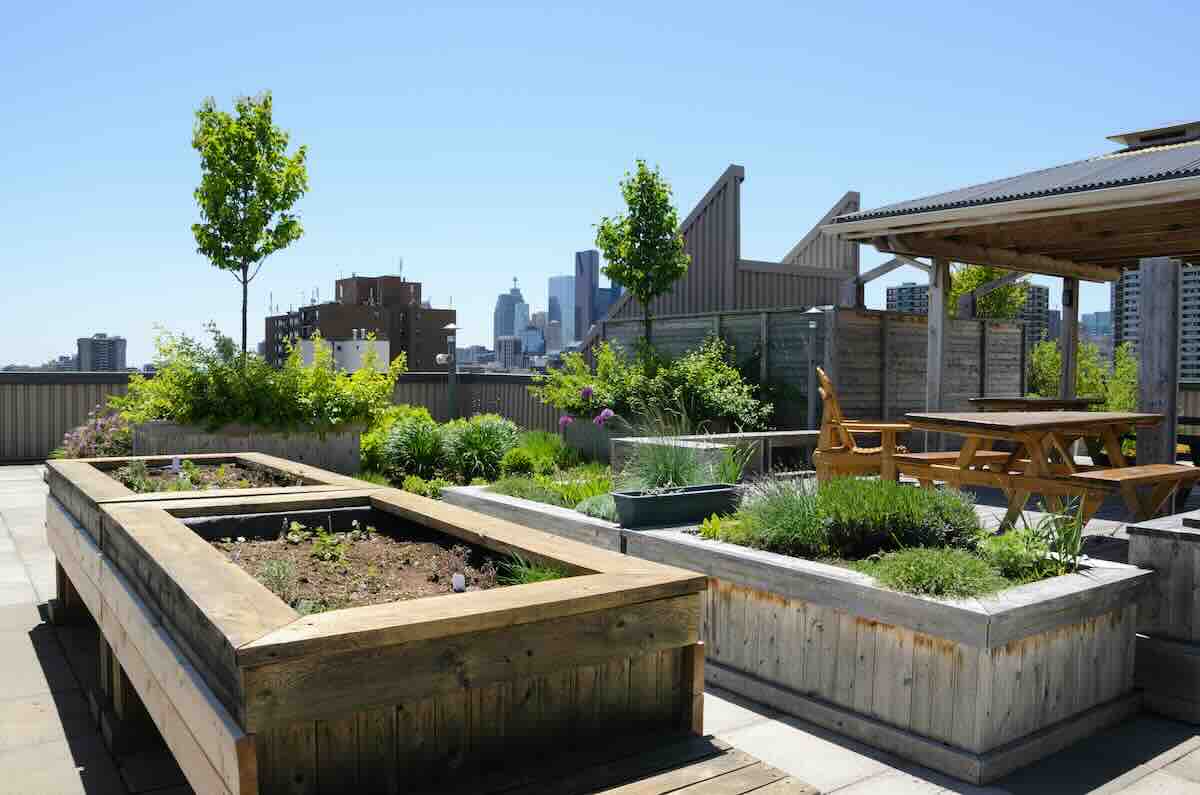

Garden Essentials
How To Build A Rooftop Garden?
Modified: March 7, 2024
Learn how to build a stunning garden on your rooftop with our step-by-step guide. Create a green oasis in the city and enjoy the benefits of a rooftop garden.
(Many of the links in this article redirect to a specific reviewed product. Your purchase of these products through affiliate links helps to generate commission for Storables.com, at no extra cost. Learn more)
Introduction
Welcome to the world of rooftop gardens! In recent years, these urban havens have gained immense popularity for their ability to transform unused spaces into lush green retreats. Whether you live in a city apartment or have a flat rooftop space, creating a rooftop garden is an excellent way to bring nature into your life and enhance the beauty of your surroundings.
Rooftop gardens offer a plethora of benefits, both for the environment and for individuals. They help combat urban heat island effect by reducing the temperature of roofs and surrounding areas. Moreover, they improve air quality by absorbing carbon dioxide and releasing oxygen through the process of photosynthesis. This makes rooftop gardens a valuable addition to any urban landscape, contributing to a healthier and more sustainable environment.
Not only do rooftop gardens provide ecological benefits, but they also offer numerous advantages to those who create and maintain them. They can offer a peaceful retreat from the hustle and bustle of city life, providing a space for relaxation, gardening, and even socializing with family and friends. Rooftop gardens can also increase property value and reduce energy costs by insulating buildings and reducing the need for air conditioning.
Building a rooftop garden may seem like a daunting task, but with careful planning and some tips, you can transform your rooftop into a flourishing oasis. This article will guide you through the essential steps involved in creating a rooftop garden, from planning and designing to choosing plants and maintaining your green oasis.
So, let’s get started on your journey to create a breathtaking and vibrant rooftop garden!
Key Takeaways:
- Transform your rooftop into a lush oasis with a garden! Improve air quality, reduce urban heat, and create a vibrant, sustainable urban environment while enjoying the therapeutic benefits of gardening and relaxation.
- Carefully plan, select the right plants, and maintain your rooftop garden to create a thriving green space. Embrace creativity, prioritize safety, and enjoy the continuous learning process of gardening.
Read more: How To Plant A Rooftop Garden
Benefits of Rooftop Gardens
Rooftop gardens offer a multitude of benefits that make them an attractive option for urban dwellers. Here are some key advantages of having a rooftop garden:
- Improved Air Quality: Rooftop gardens act as natural air filters, helping to reduce air pollution and improve the overall air quality in urban areas. Plants absorb carbon dioxide and release oxygen through photosynthesis, leading to cleaner and fresher air.
- Urban Heat Island Effect Mitigation: The presence of green spaces on rooftops can help combat the urban heat island effect, where cities experience significantly higher temperatures compared to surrounding rural areas. Rooftop gardens help to cool the surrounding environment by providing shade, reducing heat absorption, and releasing moisture through evapotranspiration.
- Noise Reduction: Rooftop gardens can serve as natural sound barriers, absorbing and reducing noise pollution in urban environments. The plants and soil act as effective sound dampeners, providing a tranquil and peaceful environment.
- Increased Biodiversity: By creating rooftop gardens, you can contribute to the preservation of biodiversity. These habitats provide a space for birds, insects, and other small animals to find refuge and food, promoting a healthy and balanced ecosystem in the city.
- Improved Mental Health and Well-being: Connecting with nature has been proven to have positive effects on mental health and well-being. Rooftop gardens offer a serene and calming environment where individuals can relax, relieve stress, and enjoy the therapeutic benefits of gardening and being surrounded by greenery.
- Energy Efficiency: Rooftop gardens provide insulation for buildings, reducing the need for air conditioning during hot summer months and helping to regulate indoor temperatures. This can lead to significant energy savings and lower utility bills.
- Improved Aesthetics: Rooftop gardens add visual appeal to urban landscapes, transforming dull rooftops into vibrant and colorful spaces. They can contribute to the overall beauty of a building, enhancing the skyline and creating a positive impact on the surrounding environment.
- Community Building: Rooftop gardens can serve as a gathering place for individuals and communities, fostering social interactions and connections among neighbors. They provide a shared space where people can come together, engage in gardening activities, and build a sense of community.
These are just a few of the many benefits that rooftop gardens have to offer. Whether it’s improving air quality, reducing urban heat, enhancing well-being, or promoting biodiversity, rooftop gardens are an excellent way to harness the power of nature and create a sustainable and vibrant urban environment.
Planning and Designing
The success of a rooftop garden relies heavily on proper planning and thoughtful design. Here are some key considerations to keep in mind when planning and designing your rooftop garden:
- Structural Integrity: Assess the structural capacity of your rooftop to ensure it can support the weight of a garden. Consult with a structural engineer if necessary, especially if you plan to have larger plants or heavy containers.
- Accessibility: Determine how you will access your rooftop garden. Consider installing a stairway or a hatch if there is no existing access. Ensure that all pathways are safe and easily navigable.
- Sun Exposure: Observe the sun patterns on your rooftop throughout the day to determine the areas with the most sunlight and shade. This will help you choose the right plants for specific locations.
- Wind Exposure: Consider the wind conditions on your rooftop and select plants that can withstand strong winds. Installing windbreaks, such as trellises or fences, can help create a more favorable microclimate.
- Visual Appeal: Think about the design elements you want to incorporate into your rooftop garden. Consider color schemes, textures, and focal points to create an aesthetically pleasing and harmonious space.
- Functionality: Determine how you intend to use your rooftop garden. Will it be a space for relaxing, growing vegetables, hosting gatherings, or all of the above? Plan the layout accordingly to accommodate your desired activities.
- Water Source: Assess the availability of a water source on your rooftop. Consider installing a rainwater harvesting system or setting up a connection to a water supply for irrigation purposes.
Once you have a clear understanding of these factors, you can start designing your rooftop garden. Create a sketch or use design software to map out the layout, taking into account zones for different types of plants, seating areas, pathways, and any additional features like a pergola or a pond. Consider using vertical space by incorporating wall-mounted planters or trellises for climbing plants. Don’t forget to leave room for proper drainage and access to plumbing, electrical, and ventilation systems.
Remember, the design of your rooftop garden should align with your personal preferences, lifestyle, and the constraints of your rooftop. Don’t be afraid to get creative and experiment with different ideas. The goal is to create a functional and beautiful green space that maximizes the potential of your rooftop.
Structural Considerations
When planning a rooftop garden, it is crucial to evaluate the structural integrity of your rooftop to ensure it can support the weight of your garden. Here are some important structural considerations to keep in mind:
- Load-Bearing Capacity: Determine the maximum load your rooftop can support. Consult with a structural engineer or a professional contractor to assess the weight-bearing capacity and make sure it meets the requirements for your garden. Remember to consider not only the weight of the plants and containers but also the weight of soil, water, and any additional structures or features you plan to install.
- Building Codes and Regulations: Familiarize yourself with local building codes and regulations pertaining to rooftop gardens. Some cities may have specific guidelines regarding weight limits, setback requirements, and safety measures. It is essential to comply with these regulations to ensure the safety of your rooftop garden.
- Structural Reinforcements: If your rooftop requires additional support to accommodate a garden, consider reinforcing the structure. This may involve adding extra beams, columns, or joists, or even installing a new rooftop membrane that can handle the weight.
- Waterproofing and Drainage: Ensure that your rooftop has proper waterproofing to prevent water leakage into the building. Install a high-quality waterproofing membrane that is specifically designed for rooftop gardens. Additionally, plan for proper drainage to prevent water from accumulating and causing structural damage over time. This can be achieved by incorporating drainage layers, slopes, and strategically placed drains.
- Wind and Seismic Considerations: Consider the wind and seismic conditions in your area when designing your rooftop garden. High winds can exert significant pressure on the structure, while seismic activity can cause shaking and movement. It is crucial to design and reinforce your rooftop garden to withstand these forces.
- Consult a Professional: If you are unsure about the structural integrity of your rooftop or the necessary reinforcements, it is always advisable to seek the help of a structural engineer or a professional contractor. They will be able to assess the specific requirements of your rooftop and provide expert guidance to ensure a safe and secure rooftop garden.
Remember, safety should always be a top priority when creating a rooftop garden. By considering and addressing the structural considerations early on in the planning process, you can ensure that your rooftop garden is both beautiful and structurally sound.
Choosing Plants
When it comes to selecting plants for your rooftop garden, there are several factors to consider. The unique environment of a rooftop, including exposure to sunlight, wind, and limited space, requires careful consideration in choosing the right plants. Here are some tips to help you choose plants that will thrive in your rooftop garden:
- Sun and Shade Tolerance: Evaluate the sun exposure on your rooftop throughout the day. Some areas may receive full sun, while others may be partially shaded by nearby buildings or structures. Choose plants that are suitable for the specific sun and shade conditions of each location.
- Hardiness: Consider the climate in your region and choose plants that are well-suited to the local environment. Opt for hardy plants that can withstand temperature fluctuations, strong winds, and other environmental challenges.
- Drought Tolerance: Rooftop gardens often face water scarcity due to increased evaporation and drainage. Select plants that are drought-tolerant and have low water requirements to minimize the need for frequent watering.
- Container-Friendly: Since rooftop gardens typically utilize containers or raised beds, choose plants that are well-suited for confined spaces. Look for compact varieties or plants that can be trained to grow vertically.
- Wind Resistance: Rooftop gardens are often subjected to strong winds, so it is essential to select plants that can withstand these conditions. Look for wind-resistant plants with sturdy stems and flexible foliage that can handle wind gusts.
- Seasonal Interest: Incorporate plants that provide year-round interest in your rooftop garden. Choose a mix of plants with different blooming seasons, foliage colors, and textures to create visual appeal throughout the year.
- Edible Plants: If you are interested in growing your own food, consider including edible plants in your rooftop garden. Vegetables, herbs, and even fruit trees can be grown in containers and provide a fresh supply of homegrown produce.
- Native and Pollinator-Friendly Plants: To support the local ecosystem and attract beneficial insects, include native plants and flowers that are attractive to pollinators such as bees and butterflies. These plants promote biodiversity and help maintain a healthy rooftop garden.
Remember, it’s important to strike a balance between aesthetics and functionality when choosing plants for your rooftop garden. Consider the specific requirements of each plant, such as soil type, watering needs, and fertilization, and ensure that you can provide the necessary care and maintenance for your selected plants.
By carefully selecting plants that are well-suited for your rooftop’s conditions and considering their various characteristics and benefits, you can create a thriving and visually appealing rooftop garden that brings joy and beauty to your urban space.
Read more: How To Do A Rooftop Garden In NYC
Container Gardening
Container gardening is a popular and practical approach for rooftop gardens, as it allows you to grow plants in confined spaces. With the right containers and proper care, you can create a lush and thriving garden on your rooftop. Here are some tips for successful container gardening:
- Container Selection: Choose containers that are suitable for your rooftop garden. Consider the material, size, and drainage capabilities of the containers. Opt for lightweight and durable materials, such as plastic or fiberglass, to minimize the weight load on your rooftop. Ensure that the containers have drainage holes to prevent waterlogging.
- Soil Quality: Use high-quality, well-drained soil for container gardening. Use a mixture of potting soil and organic matter to provide essential nutrients and promote healthy plant growth. Avoid using soil directly from your rooftop, as it may lack the necessary nutrients and have poor drainage.
- Plant Selection: Choose plants that are well-suited for container gardening. Look for compact varieties, dwarf cultivars, or plants that have shallow root systems. Consider the mature size of the plants to ensure they fit well within your containers and rooftop space.
- Watering: Container plants tend to dry out more quickly than plants in the ground, so regular watering is crucial. Monitor the moisture levels in the soil and water your plants when the top inch of soil feels dry. Ensure that the containers have proper drainage to prevent water from stagnating.
- Fertilization: Container plants may require regular fertilization to replenish nutrients in the soil. Use a slow-release fertilizer or liquid fertilizer to provide the necessary nutrients. Follow the instructions on the fertilizer package and avoid over-fertilizing, as it can harm your plants.
- Placement: Consider the placement of your containers in your rooftop garden. Group plants with similar sun and water requirements together. Take advantage of microclimates on your rooftop by placing containers in areas with different sun exposures and wind conditions.
- Regular Maintenance: Regularly inspect your container plants for signs of pests, diseases, or nutrient deficiencies. Prune and deadhead plants as needed to promote healthy growth. Remove any weeds that may sprout in your containers.
- Seasonal Changes: Be mindful of seasonal changes and adjust your container gardening accordingly. Some plants may need to be moved indoors or provided with additional protection during colder months. Consider seasonal plantings and rotate plant varieties to keep your rooftop garden vibrant throughout the year.
Container gardening offers flexibility and versatility in rooftop gardens, allowing you to create a diverse and visually appealing garden in a limited space. With proper container selection, soil quality, plant care, and regular maintenance, your rooftop garden will flourish with an array of beautiful and healthy plants.
Choose lightweight containers and soil to reduce the load on your rooftop. Ensure proper drainage and consider wind exposure when selecting plants.
Soil and Drainage
The soil and drainage system in your rooftop garden play a crucial role in the overall health and success of your plants. Here are some important considerations and tips for optimizing soil quality and ensuring effective drainage:
- Soil Selection: Choose a lightweight and well-draining soil mixture specifically formulated for container gardening. Avoid using heavy garden soil or soil directly from your rooftop, as they may compact easily and hinder proper drainage. Look for a potting mix that contains a blend of organic matter, peat moss, perlite, or vermiculite to ensure good nutrient retention and aeration.
- Amending Soil: Depending on the composition of your chosen potting mix, you may need to amend it with additional organic matter, compost, or perlite to improve drainage and nutrient content. This can improve the overall soil quality and provide a suitable growing medium for your plants.
- Container and Drainage Holes: Ensure that your containers have proper drainage holes to allow excess water to escape. Without adequate drainage, water can accumulate and lead to root rot and other plant health issues. If your containers do not have pre-drilled holes, carefully drill them at the bottom to facilitate drainage.
- Elevated Containers: Elevate your containers off the rooftop surface using pot feet or risers to create additional airflow and prevent water from pooling underneath. Elevating your containers can help improve drainage and prevent damage to the rooftop membrane.
- Drainage Layers: Place a layer of gravel or small stones at the bottom of your containers before adding soil. This helps create a space for excess water to collect and promotes drainage away from the roots. However, ensure that the layer is not too thick, as it can interfere with the volume of soil available for root growth.
- Watering Practices: Water your plants thoroughly, allowing water to evenly saturate the soil. Allow excess water to drain out of the containers and avoid overwatering. It’s important to strike a balance between providing enough moisture for the plants and ensuring proper drainage.
- Monitor Moisture Levels: Regularly check the soil moisture levels to ensure it is neither too dry nor too saturated. Stick your finger about an inch into the soil; if it feels dry, it’s time to water. If it feels overly wet, allow the soil to dry out slightly before watering again.
- Avoid Waterlogging: If you notice that water is not draining well from the containers, consider increasing the size or number of drainage holes. Additionally, adjust the slope of your containers towards the drainage holes to facilitate better water flow.
By selecting the right soil mixture, implementing proper drainage practices, and being mindful of watering habits, you can create a healthy and thriving rooftop garden. Good soil and effective drainage will ensure that your plants receive the necessary nutrients and moisture while avoiding water-related issues that can harm their growth.
Irrigation Systems
Proper irrigation is essential for the health and growth of your rooftop garden. As rooftop gardens can have unique watering requirements, it’s important to choose the right irrigation system to ensure efficient water distribution. Here are some irrigation system options to consider for your rooftop garden:
- Drip Irrigation: Drip irrigation is a popular choice for rooftop gardens. It involves using a network of tubes or pipes with small emitters that deliver water directly to the plants’ root zones. This system allows for precise watering, reducing water wastage and ensuring efficient water uptake by the plants. Drip irrigation also helps minimize moisture on the rooftop and can be easily automated with timers or sensors to provide consistent watering.
- Sprinkler Systems: Sprinkler systems can also be used in rooftop gardens, especially for larger areas. Sprinklers distribute water through overhead nozzles, providing uniform coverage. However, be mindful of water runoff and wind direction to avoid wasting water or overspray onto neighboring properties. Proper nozzle selection and regular maintenance are crucial to ensure efficient water distribution.
- Micro-Irrigation: Micro-irrigation systems, such as micro-sprinklers or micro-jets, are suitable for smaller rooftop gardens. These systems emit water in a fine mist or spray, covering a smaller area with water droplets. They are ideal for watering delicate plants, seedlings, or container gardens. Micro-irrigation systems can be combined with a timer for automated watering and provide more control over water distribution.
- Self-Watering Containers: Self-watering containers are a convenient option for rooftop gardens. These containers have built-in reservoirs that store water, allowing plants to draw water as needed. Self-watering containers help maintain consistent moisture levels in the soil and reduce the frequency of manual watering. They are especially useful for larger or hard-to-reach containers.
- Rainwater Harvesting: Consider implementing a rainwater harvesting system in your rooftop garden. Collecting rainwater in barrels or tanks allows you to utilize natural rainfall for irrigation. Install gutter systems and downspouts to direct rainwater into storage containers. Filter and use the collected rainwater to manually water your plants or connect it to your irrigation system for automated watering.
- Monitoring and Adjustments: Regularly monitor your irrigation system to ensure it is working effectively. Check for clogged emitters, leaks, or other issues that may disrupt water flow. Adjust the watering schedule based on weather conditions, plant requirements, and seasonal changes. Be mindful of overwatering, as excessive moisture can lead to root rot and other plant health problems.
Remember to tailor your irrigation system to the specific needs of your rooftop garden. Factors such as sun exposure, wind conditions, plant types, and container sizes will influence your watering requirements. By choosing the right irrigation system and properly maintaining it, you can ensure that your rooftop garden receives the appropriate amount of water for healthy and thriving plants.
Lighting
Lighting is an essential aspect of a rooftop garden, especially if you plan to enjoy your green oasis during the evenings or create an inviting ambiance. Proper lighting not only enhances the visual appeal of your rooftop garden but also provides safety and functionality. Here are some considerations and options for lighting your rooftop garden:
- Natural Light: Assess the natural light conditions on your rooftop to determine the areas with the most sunlight. Take note of any structures or trees that may create shade. Consider placing sun-loving plants in areas that receive full sun, while shade-tolerant plants can be positioned in shadier spots. Proper plant placement according to light levels is crucial for their healthy growth.
- Ambient Lighting: Use ambient lighting to create a warm and inviting atmosphere in your rooftop garden. String lights, lanterns, or fairy lights can be hung from pergolas, trellises, or nearby structures to provide gentle illumination. Opt for LED lights for energy efficiency and choose warm or cool tones depending on the mood you want to create.
- Task Lighting: Install task lighting in specific areas where you require brighter illumination for tasks such as cooking, reading, or gardening. This can be achieved through wall-mounted lights, spotlights, or deck lights. Consider adjustable fixtures to direct light where it’s needed most.
- Pathway Lighting: Illuminate pathways and walkways in your rooftop garden to improve visibility and safety. Use low-level lights or solar-powered path lights to guide guests and prevent tripping hazards. Consider soft, diffused lighting along the edges of stairs or ramps for added safety.
- Plant Accent Lighting: Showcasing specific plants or architectural features with accent lighting can create a stunning effect in your rooftop garden. Install uplights or spotlights at the base of trees, sculptures, or focal points to create dramatic shadows and highlights.
- Solar Lighting: Consider using solar-powered lights to minimize energy usage and reduce the need for wiring. Solar lights collect and store energy during the day, automatically illuminating your rooftop garden at night. They are easy to install and come in various styles, including path lights, stake lights, and string lights.
- Timers and Controls: Incorporate timers or smart lighting controls to automate your lighting system. This allows you to set specific times for lights to turn on and off, conserving energy and providing convenience. Some systems can be controlled remotely using smartphone apps or voice commands.
- Considerations for Safety: Ensure that all electrical wiring and lighting fixtures meet safety standards and are installed properly. Use outdoor-rated LED lights for water resistance and durability. Engage the services of a qualified electrician if needed to ensure compliance with local electrical codes.
Customize the lighting in your rooftop garden to match your desired atmosphere and functional requirements. Experiment with different lighting positions and combinations to achieve the desired effect. With the right lighting, your rooftop garden can be enjoyed day and night, creating a captivating and inviting space for relaxation and entertainment.
Maintenance Tips
Regular maintenance is key to keeping your rooftop garden healthy, vibrant, and thriving. While rooftop gardens may require some additional care, following these maintenance tips will ensure the longevity and beauty of your green oasis:
- Watering: Consistent and appropriate watering is essential for the health of your plants. Monitor soil moisture levels regularly and water when the top inch of soil feels dry. Adjust your watering schedule based on the season, weather conditions, and the specific needs of your plants.
- Weeding: Regularly inspect your rooftop garden for weeds and remove them promptly. Weeds can compete with your plants for nutrients, water, and sunlight, and can quickly take over a garden if left unattended.
- Pruning and Trimming: Prune and trim your plants as needed to promote healthy growth and maintain their shape. Remove dead or damaged leaves and branches, and trim back overgrown growth. This will improve the overall appearance of your garden and encourage new growth.
- Pest and Disease Control: Monitor your plants for any signs of pests or diseases. Inspect the leaves, stems, and soil regularly, and take action at the first sign of infestation. Use organic pest control methods if possible, and consult with a professional if the problem persists.
- Fertilization: Feed your plants regularly with a balanced, slow-release fertilizer or organic compost. Follow the instructions on the fertilizer packaging and avoid over-fertilizing, as it can damage plants. Fertilize during the growing season to provide the necessary nutrients for healthy plant development.
- Seasonal Care: Adapt your maintenance routine to the changing seasons. Prepare your rooftop garden for winter by protecting frost-sensitive plants, insulating containers, and clearing fallen leaves. In spring, remove any winter debris, divide or transplant plants as needed, and replenish mulch if necessary.
- Monitor and Adjust Your Garden: Regularly observe your rooftop garden for any signs of stress or deficiencies. Look out for yellowing leaves, wilting, or stunted growth, which may indicate a need for adjustments in watering, lighting, or fertilization.
- Clean and Maintain Your Containers: Periodically clean your containers to prevent the buildup of algae or mineral deposits. Scrub them with a mixture of water and mild detergent, rinse thoroughly, and allow them to dry before refilling with fresh soil. Inspect containers for cracks or damage and replace as necessary.
- Safety Checks: Regularly inspect your rooftop garden for any safety hazards, such as loose railings, unstable structures, or slippery surfaces. Address any issues promptly to ensure a safe environment for you and your visitors.
- Continuous Learning and Experimentation: Keep learning about gardening techniques, plant care, and rooftop gardening best practices. Experiment with different plant varieties, layouts, and design elements to discover what works best for your rooftop garden. Each season offers an opportunity to learn and improve your gardening skills.
Maintenance is an ongoing process in rooftop gardening. By implementing these tips and dedicating consistent time and effort, you will create an inviting and thriving rooftop garden that brings joy and beauty to your urban space.
Conclusion
Congratulations on your journey to create a stunning rooftop garden! By incorporating the tips and considerations outlined in this article, you are well on your way to transforming your rooftop into a beautiful and vibrant oasis. From careful planning and design to selecting the right plants and implementing proper maintenance practices, you have the tools and knowledge to create a thriving rooftop garden.
Remember, rooftop gardens offer a myriad of benefits, both for the environment and for individuals. They improve air quality, reduce the urban heat island effect, provide a sanctuary for wildlife, and enhance mental well-being. Rooftop gardens also contribute to the overall aesthetics and value of your property, making them a worthwhile investment.
As you embark on this journey, don’t be afraid to be creative and experiment with different plant combinations, lighting arrangements, and design elements. Pay attention to the unique conditions of your rooftop, including sun exposure, wind patterns, and structural considerations, to ensure the success of your garden. And always prioritize safety, both in terms of structural integrity and regular maintenance.
Finally, remember that gardening is a continuous learning process. As you cultivate your rooftop garden, you will gain insights, refine your skills, and develop a deeper appreciation for the wonders of nature. Enjoy the process, embrace the green space you have created, and find solace, joy, and inspiration in your own rooftop paradise.
So, what are you waiting for? Set your plans in motion, gather your gardening tools, and let your rooftop garden flourish!
Frequently Asked Questions about How To Build A Rooftop Garden?
Was this page helpful?
At Storables.com, we guarantee accurate and reliable information. Our content, validated by Expert Board Contributors, is crafted following stringent Editorial Policies. We're committed to providing you with well-researched, expert-backed insights for all your informational needs.
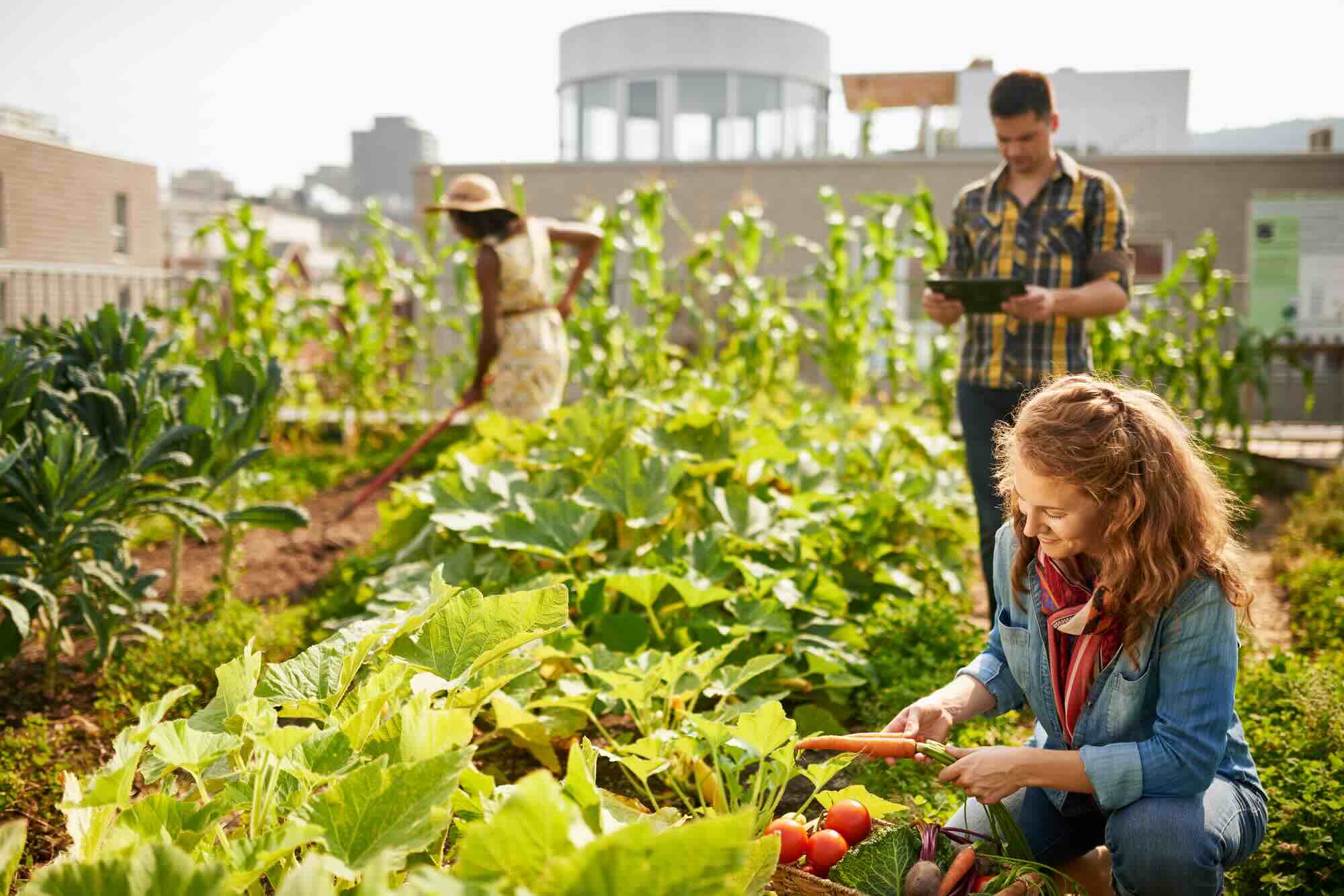
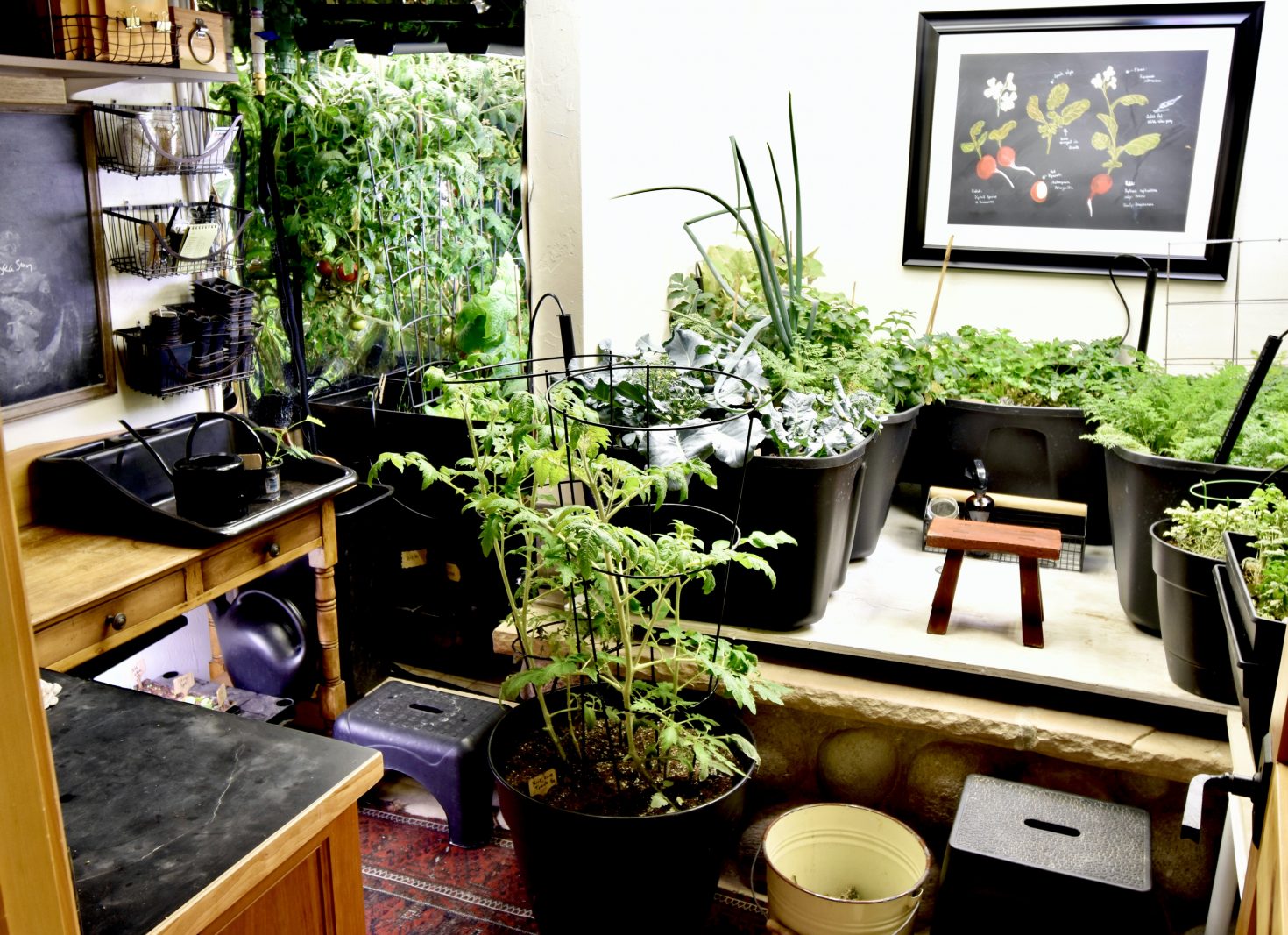
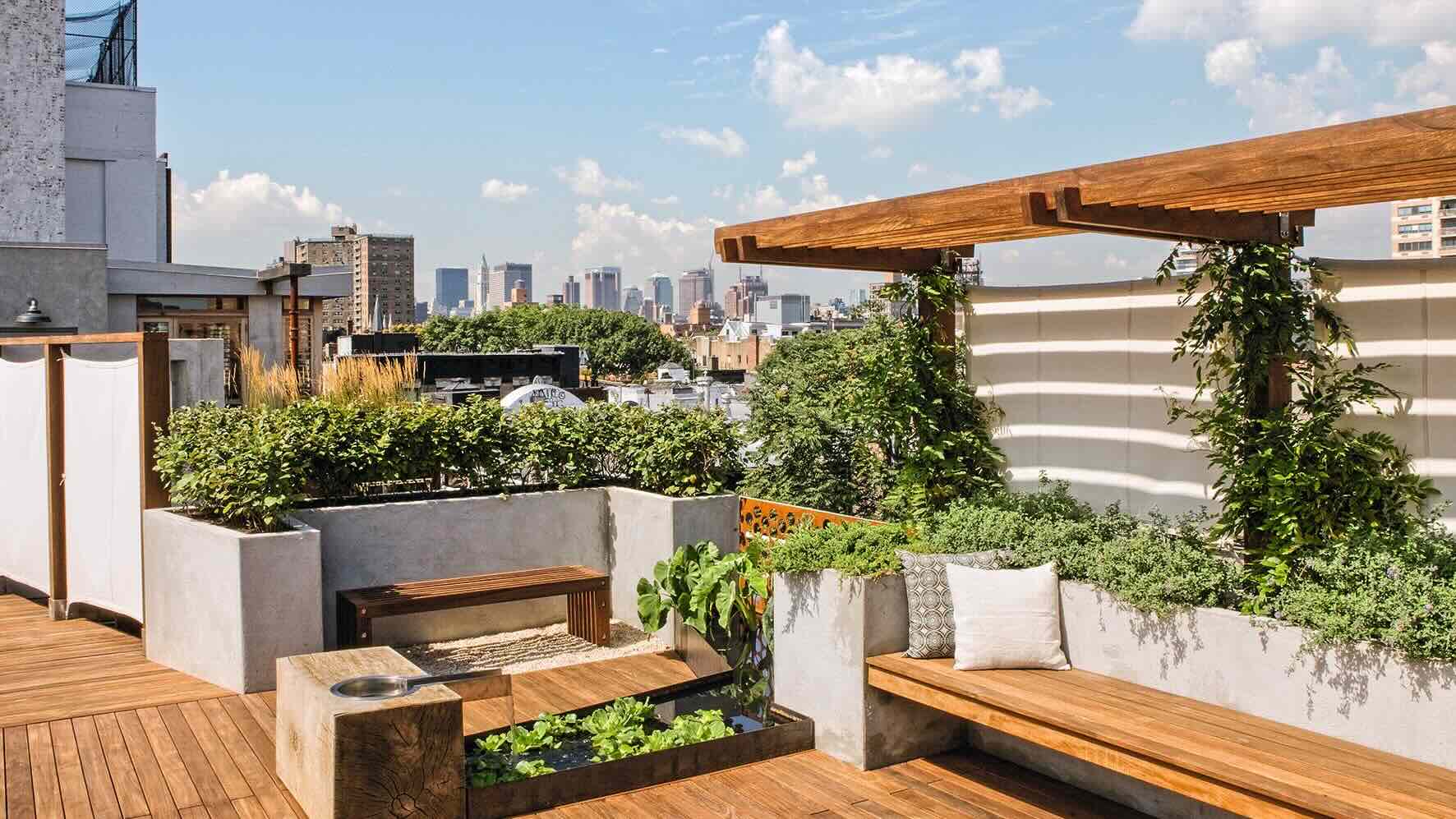
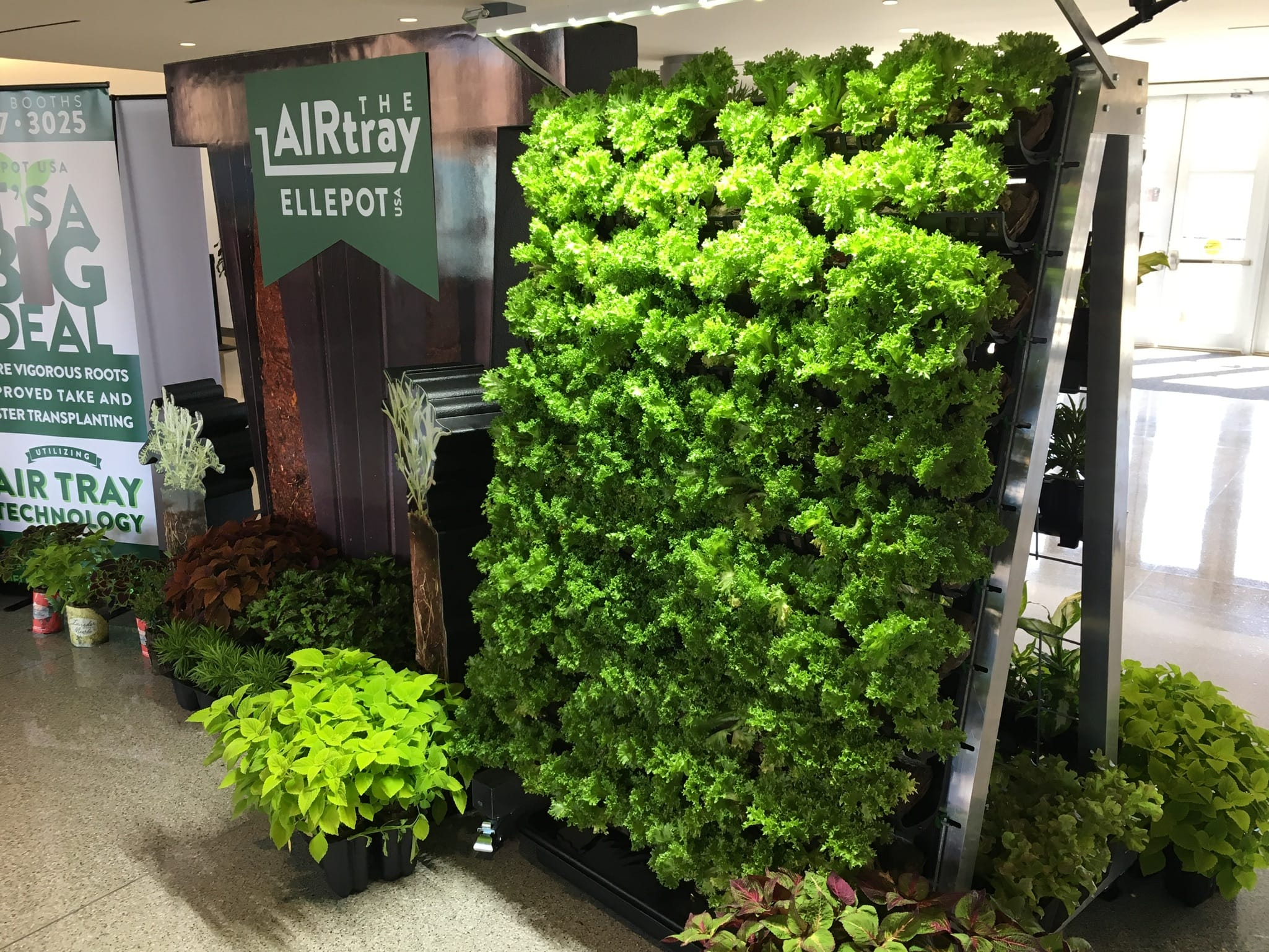
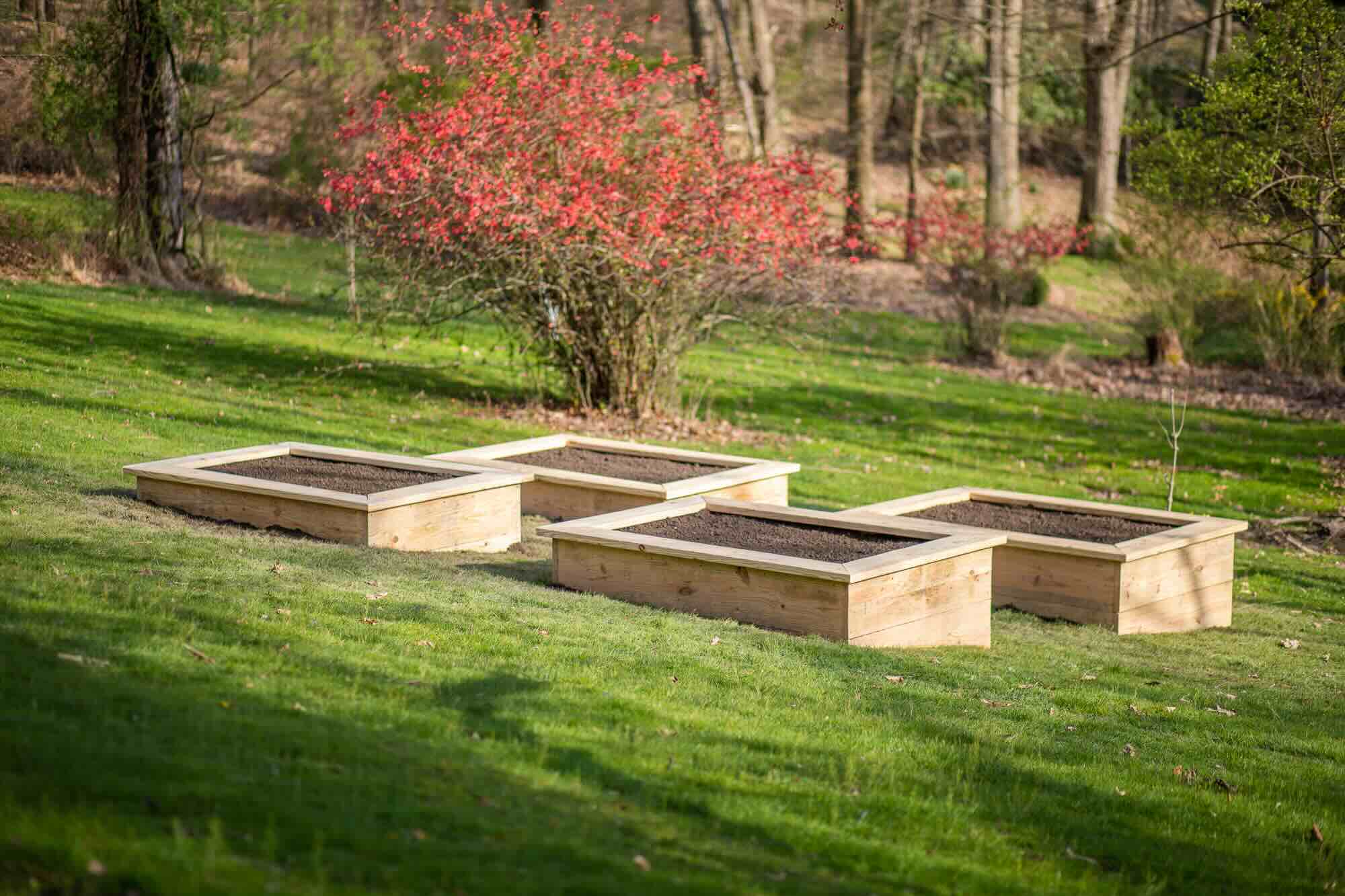

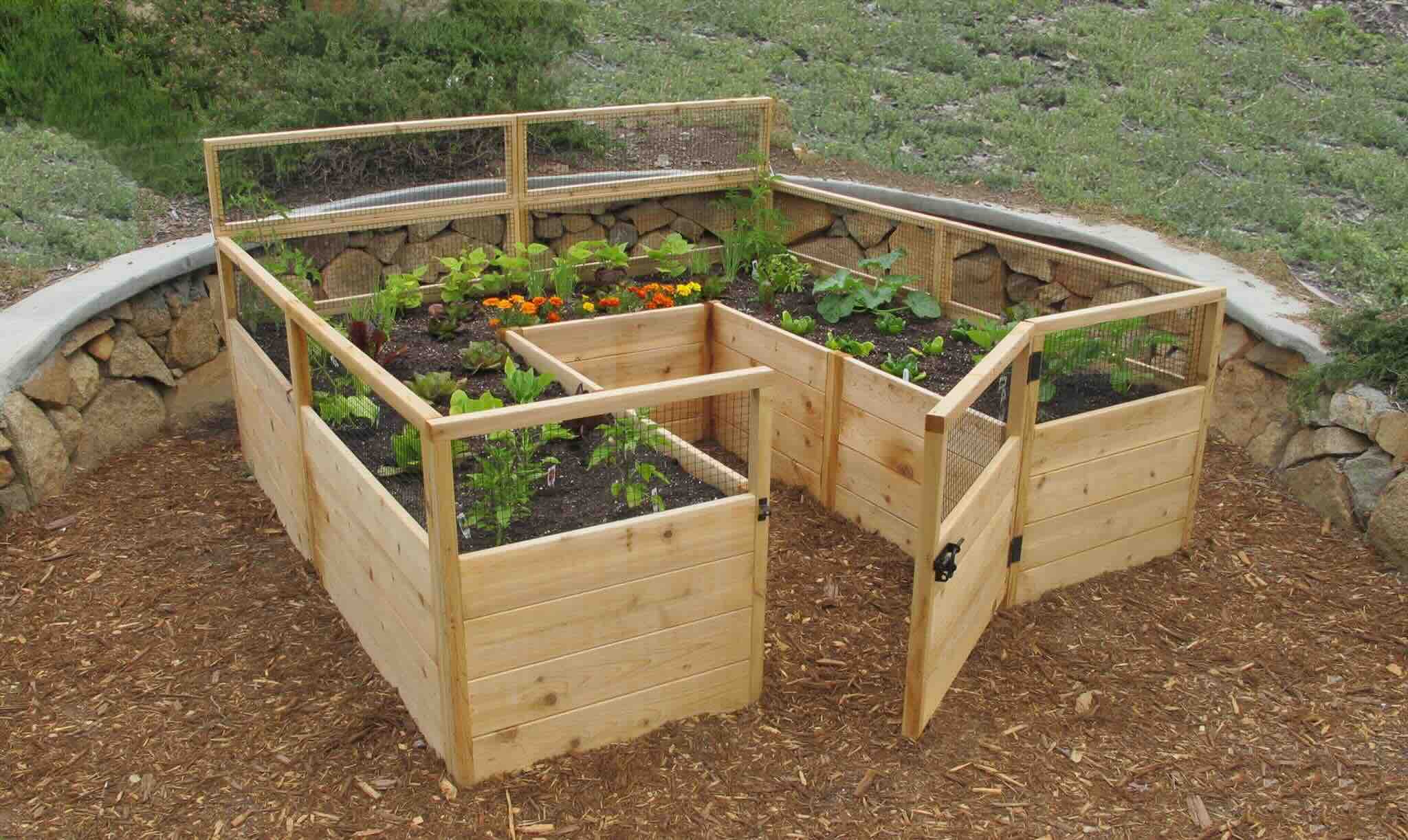
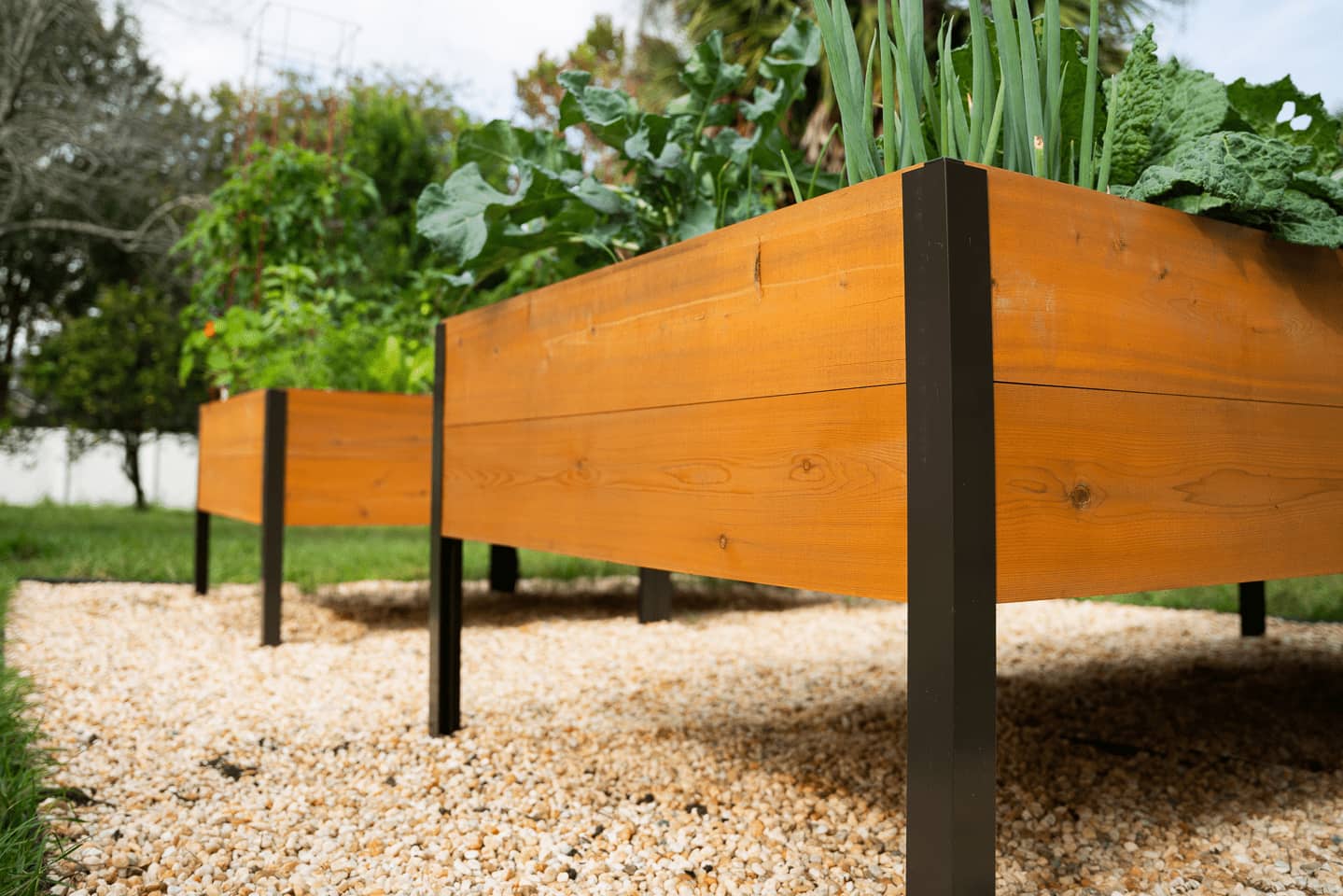
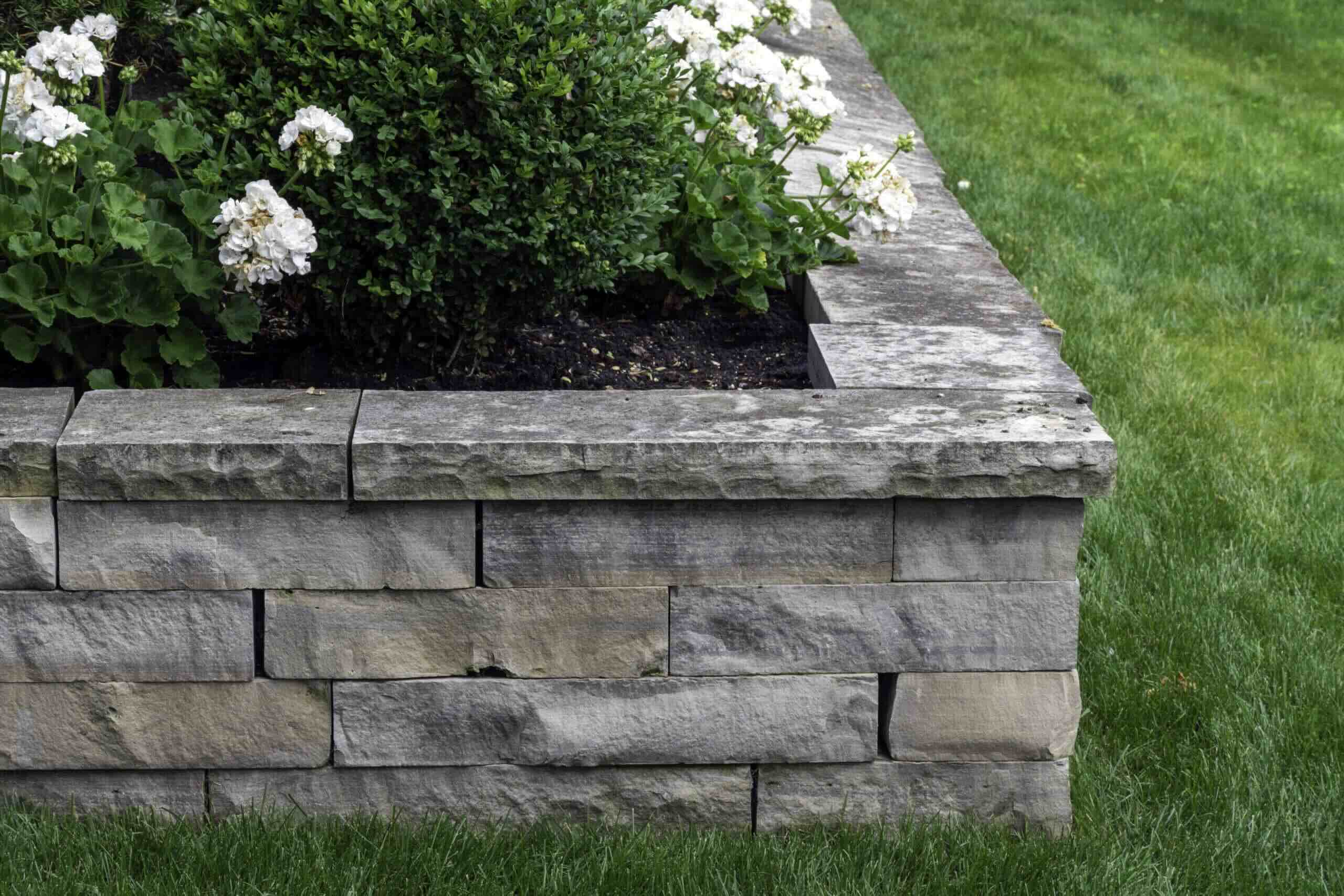
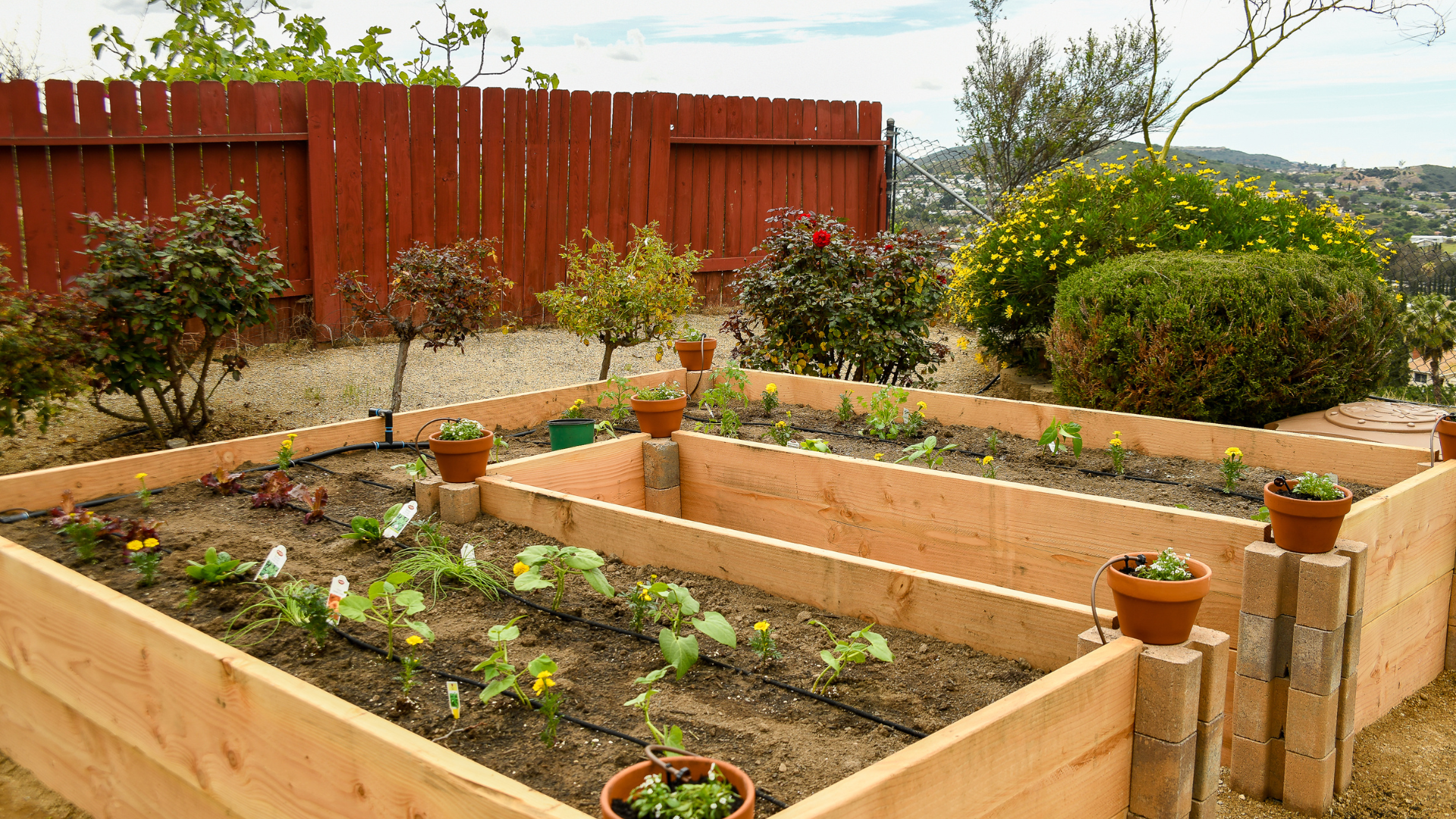
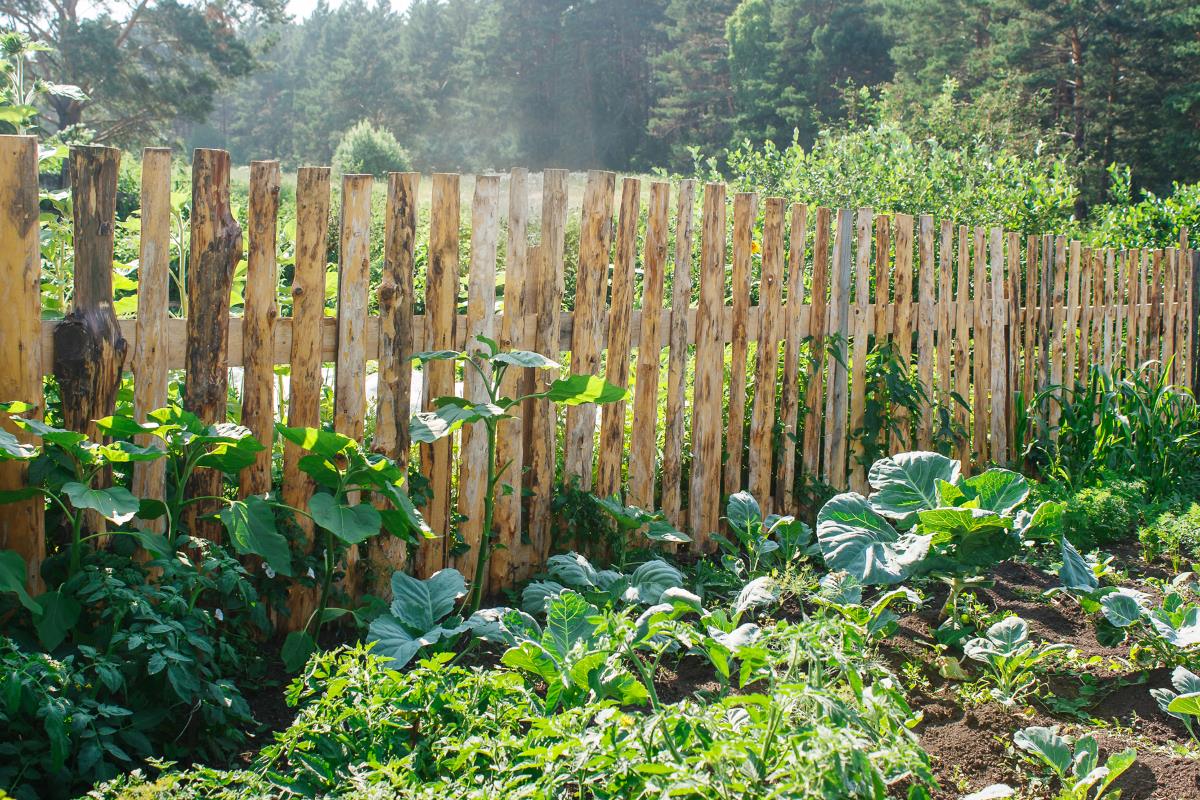
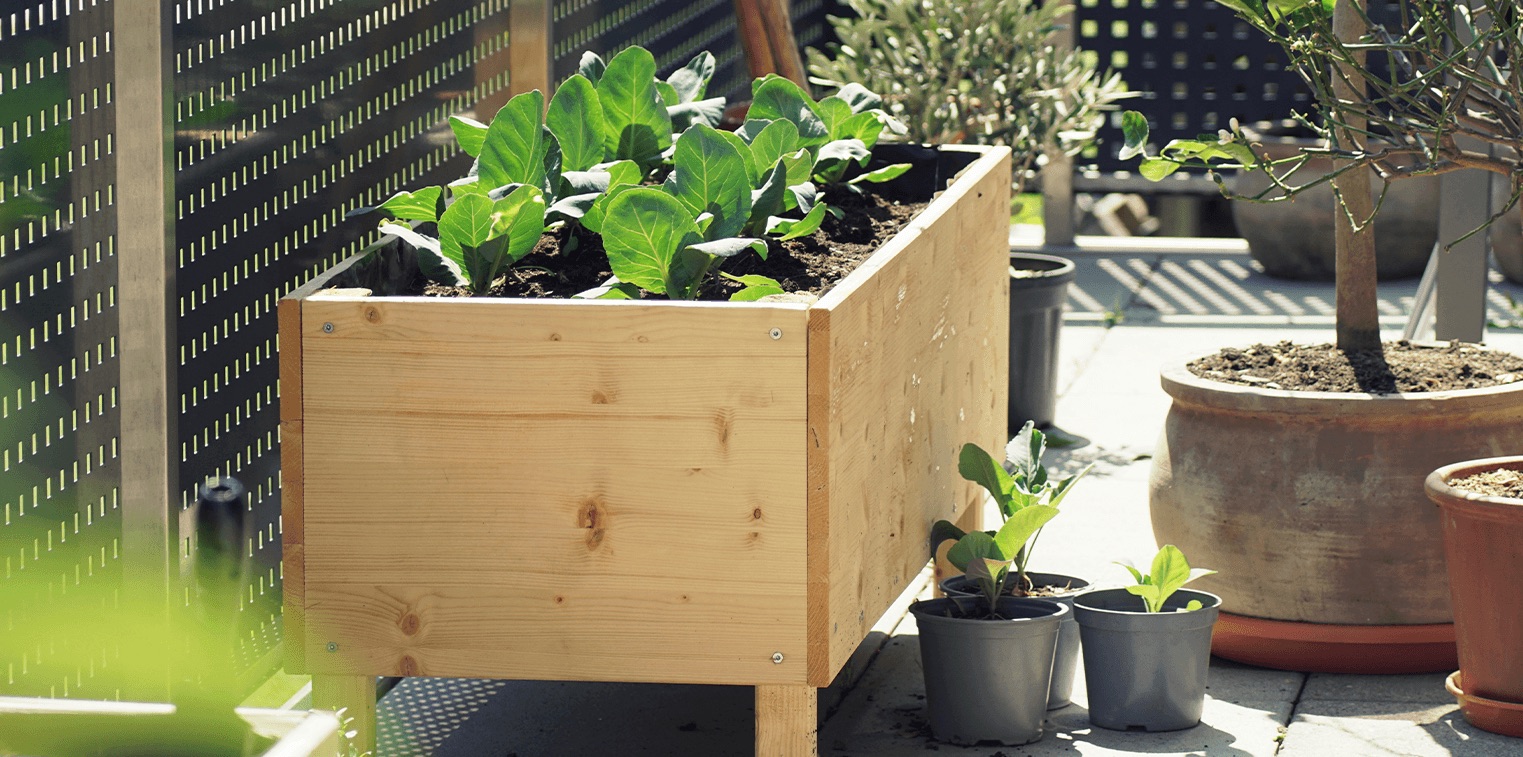
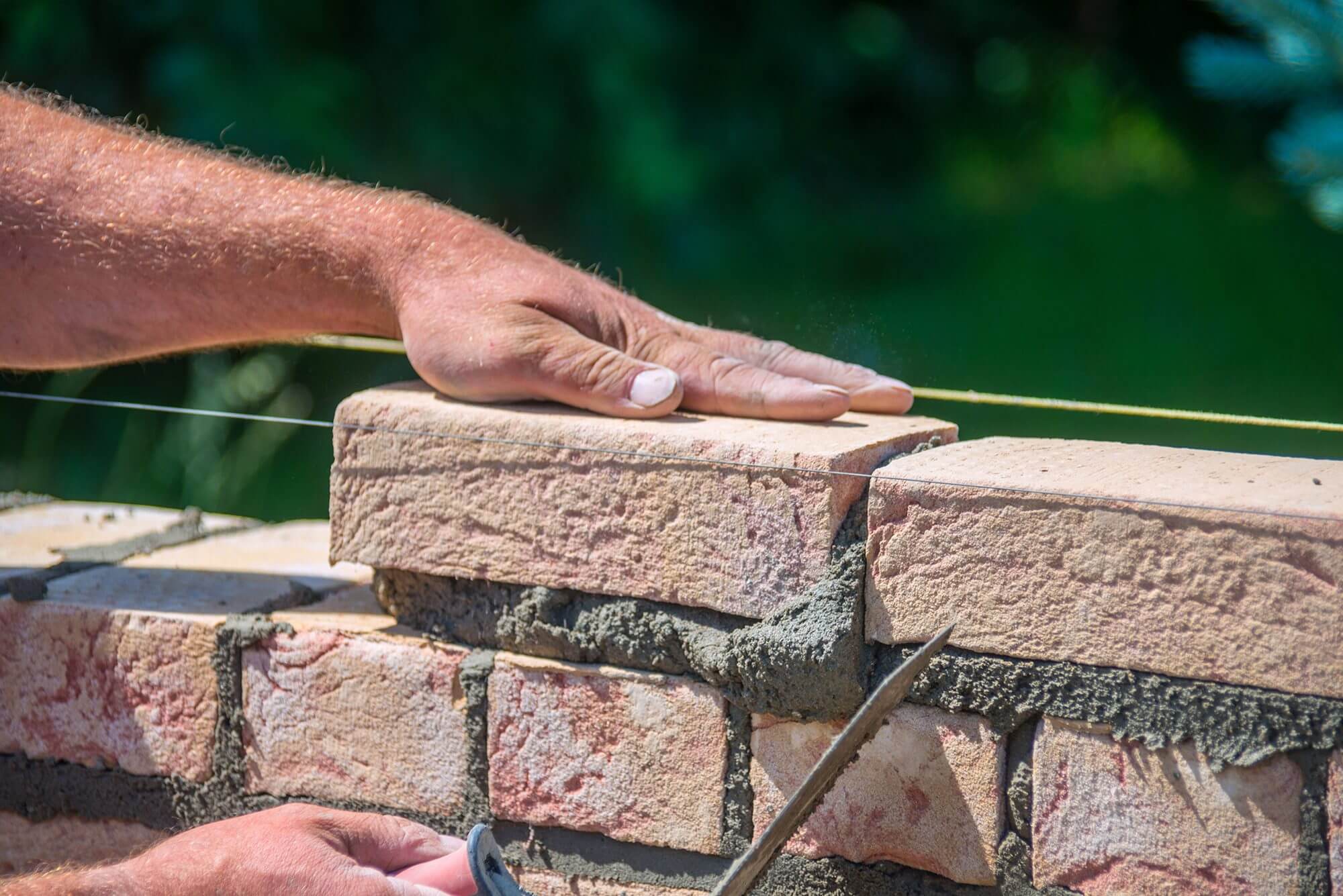

0 thoughts on “How To Build A Rooftop Garden?”